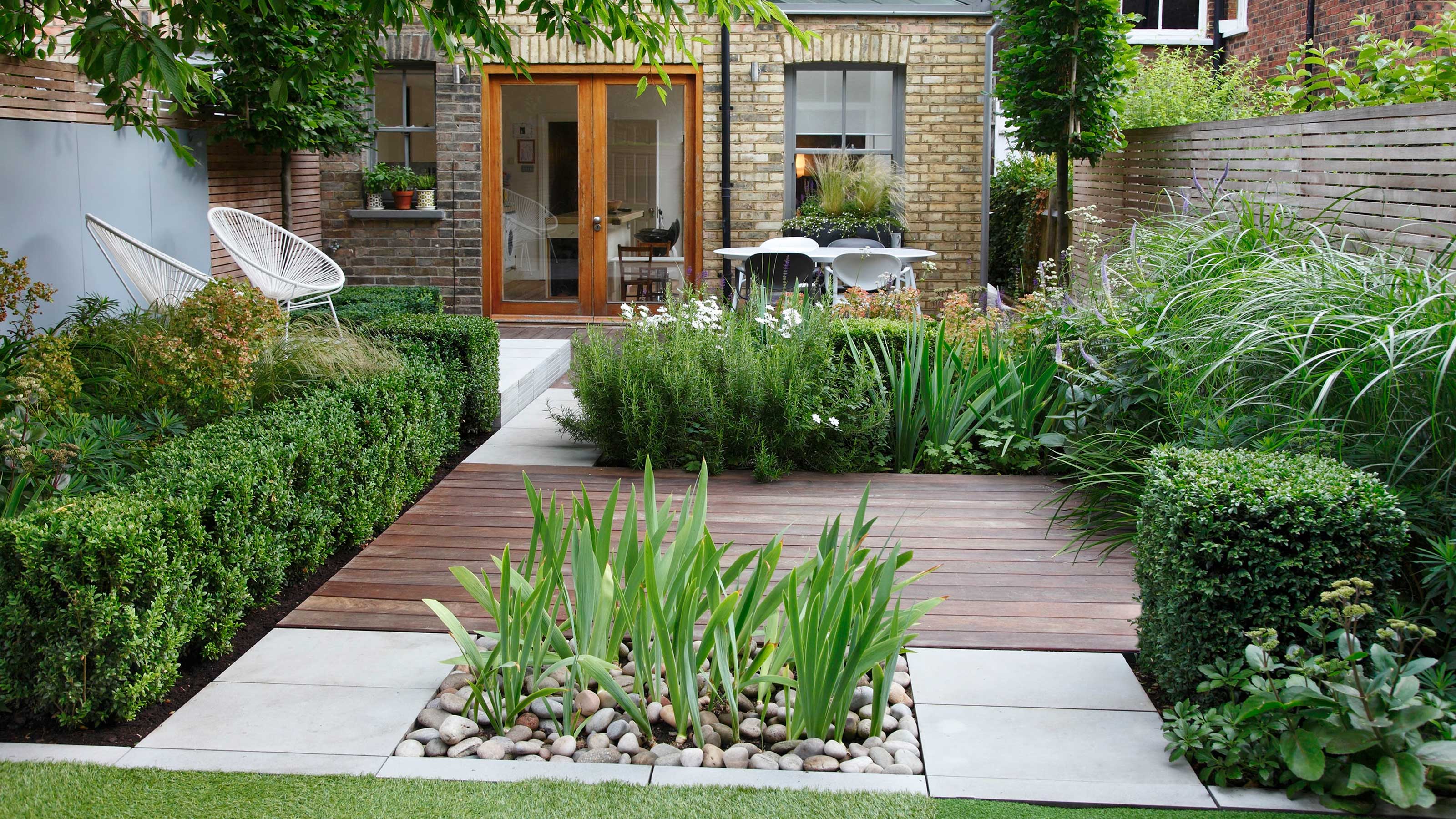How to Build a Wildlife-Friendly Garden Habitat

Have you ever imagined transforming your garden into a thriving sanctuary for local wildlife? A place where butterflies dance, birds sing, and bees buzz with delight? Building a wildlife-friendly garden habitat is not only a rewarding hobby but also a significant contribution to wildlife conservation. With thoughtful garden design and the right selection of native plants, you can create an eco-friendly garden that supports a diverse range of species. Let's dive into the steps and tips to help you achieve this harmonious balance between nature and your backyard.
Understanding the Importance of Wildlife Conservation
Wildlife conservation is crucial for maintaining the delicate balance of our ecosystems. By creating a wildlife-friendly garden habitat, you're providing essential resources like food, water, and shelter for various species. This not only helps in preserving biodiversity but also ensures that future generations can enjoy the beauty of nature.
Designing Your Wildlife-Friendly Garden
Choosing the Right Location
The first step in designing your wildlife-friendly garden is selecting the right location. Consider areas that receive ample sunlight and are protected from strong winds. This will ensure that your plants thrive and attract a variety of wildlife.
Selecting Native Plants
Native plants are the cornerstone of a wildlife-friendly garden. They are well-adapted to the local climate and soil conditions, requiring less water and maintenance. Additionally, native plants provide the necessary food and habitat for local wildlife. For example, milkweed is a vital food source for monarch butterflies, while coneflowers attract bees and birds.
Creating a Pollinator Garden
A pollinator garden is a haven for bees, butterflies, and other beneficial insects. Incorporate a mix of flowering plants that bloom at different times of the year to provide a continuous food source. Consider plants like asters, sunflowers, and lavender, which are known for their attractiveness to pollinators.
Providing Water Sources
Water is essential for all wildlife. Install a birdbath, pond, or even a shallow dish filled with water to provide a drinking and bathing spot for birds and other creatures. Ensure the water source is clean and replenished regularly to prevent the growth of mosquitoes.
Offering Shelter and Nesting Sites
Providing shelter is crucial for the survival of many species. Include features like birdhouses, bat boxes, and brush piles in your garden design. Dead trees and logs can also serve as natural habitats for various animals.
Tips for an Eco-Friendly Garden
Reducing Pesticide Use
Pesticides can be harmful to wildlife, including beneficial insects and birds. Opt for organic and eco-friendly alternatives to control pests. Companion planting, where certain plants are grown together to deter pests, is a natural and effective method.
Composting and Mulching
Composting and mulching are excellent ways to enrich your soil and reduce waste. Compost provides nutrients for your plants, while mulch helps retain moisture and suppresses weeds. Both practices contribute to a healthier and more sustainable garden.
Encouraging Biodiversity
A diverse garden supports a wide range of wildlife. Plant a variety of trees, shrubs, and flowers to attract different species. This not only enhances the beauty of your garden but also creates a more resilient ecosystem.
Examples of Wildlife-Friendly Garden Designs
Urban Gardens
Even in urban settings, you can create a wildlife-friendly garden. Container gardening is a great option for small spaces. Choose plants that attract pollinators and provide food for birds. Vertical gardens and green walls can also be incorporated to maximize space and create a lush environment.
Rural Gardens
In rural areas, you have the advantage of more space. Consider creating a meadow garden with a mix of wildflowers and grasses. This not only attracts a variety of wildlife but also requires minimal maintenance.
Resources for Further Learning
For more information on building a wildlife-friendly garden habitat, consider visiting the following authoritative resources:
Conclusion
Building a wildlife-friendly garden habitat is a rewarding journey that benefits both you and the local ecosystem. By incorporating native plants, providing water sources, and creating shelter, you can transform your garden into a thriving sanctuary for wildlife. Remember, every small step you take towards wildlife conservation makes a significant difference. So, why not start today and watch your garden come alive with the beauty of nature?
FAQs
What are the benefits of a wildlife-friendly garden?
A wildlife-friendly garden supports biodiversity, provides essential resources for local wildlife, and contributes to wildlife conservation. It also enhances the beauty and enjoyment of your outdoor space.
How can I attract more birds to my garden?
To attract more birds, provide a variety of food sources like berry-producing plants, seed-bearing flowers, and bird feeders. Install birdhouses and nesting boxes, and ensure there is a clean water source available.
What are some common native plants for a wildlife-friendly garden?
Common native plants include milkweed, coneflowers, asters, and sunflowers. These plants are well-adapted to local conditions and provide food and habitat for various wildlife species.
How can I reduce pesticide use in my garden?
Opt for organic and eco-friendly alternatives to control pests. Companion planting, where certain plants are grown together to deter pests, is a natural and effective method. You can also use physical barriers and handpicking to manage pests.
What is the best way to provide water for wildlife in my garden?
Install a birdbath, pond, or even a shallow dish filled with water. Ensure the water source is clean and replenished regularly to prevent the growth of mosquitoes. Adding rocks or a shallow slope can help smaller animals access the water safely.


0 Response to "How to Build a Wildlife-Friendly Garden Habitat"
Post a Comment